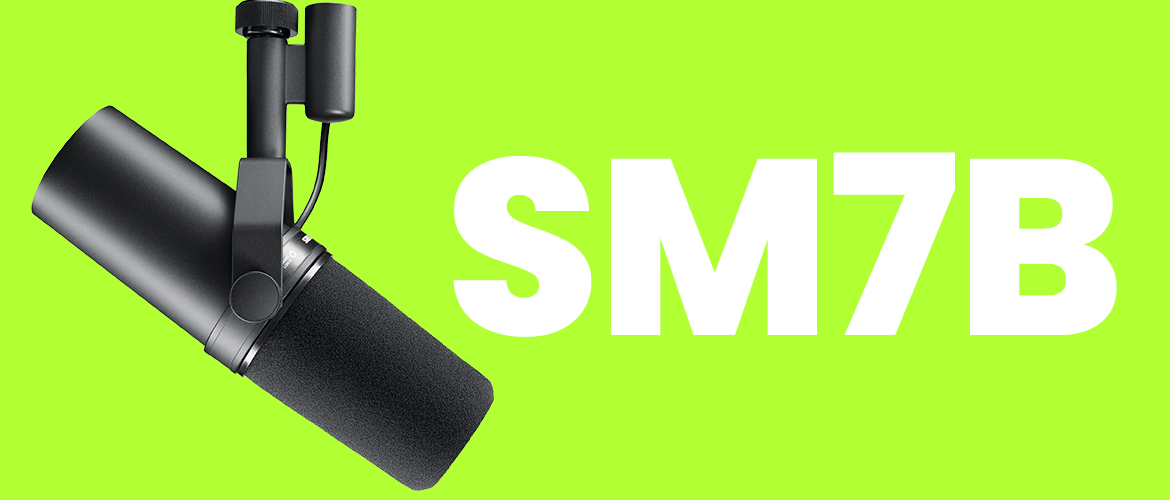{{item.name}}
{{item.attribute}}: {{item.attribute1}}
{{item.attribute2}}: {{item.attribute3}}
NRs {{item.price}} NRs {{Number(item.price) - ((Number(item.discount)/100 * Number(item.price)))}} NRs {{item.price}}
This item is not available now.

Now, Shure has released the brand new MV7 microphone designed especially for podcasters, streamers and vocalists looking for convenient USB and XLR connectivity without compromising their audio. Clearly inspired by the SM7B, the MV7 has a whole set of cool features for content creators and musicians.

First off, let’s get one thing straight: If you’ve been looking to move your audio game up to the big leagues with the SM7B for a while, you should still do just that. Nothing is going to replace that legendary sound, so save yourself some time and skip the rest of this post!

So why would someone opt instead for a shiny, new MV7? Well, there are plenty of reasons, actually, and we’ll try to make that as clear as possible right here. But we’d stress that these microphones really complement rather than compete against each other. For example, someone might use an MV7 for streaming from home and a trusty SM7B for studio recording. Or maybe your podcasting rig is already running an SM7B and you’ll want the MV7 for remote guests and recording on the road.

Naturally, there are a few key differences: Whereas the SM7B can be used on everything from rap and rock vocals to guitar cabs and drums, the MV7 has been optimized specifically for speech applications like podcasting and singing. That’s not to say you can’t record your acoustic guitar with it, but the MV7 emphasizes the midrange frequencies, where the clarity and intelligibility of speech lives.
The SM7B does not condone steroid use.
The SM7B, on the other hand, has significantly more low-end, which is where that signature broadcast sound comes from. It also has very wide and flat response, which is incredibly difficult to achieve in a dynamic microphone. There’s a good reason the SM7B has been called an SM57 on steroids…
The MV7 is also much smaller, lighter and convenient than the SM7B. Anyone seriously considering an SM7B will know that you’ll need a fairly beefy mic preamp offering at least 60 decibels of clean gain to get the sound the pros so love. The MV7 is therefore a more affordable solution for those looking to upgrade their setup without breaking the bank. The fact that the mic will “grow” with you when you’re ready to buy a quality interface is just the icing on the cake!
Two for One
What exactly does “grow” mean? For starters, the MV7 has two outputs: a standard XLR mic plug plus a convenient USB connection allowing you to plug it straight into your computer without an extra audio interface. The benefit here is clear: You can record high-quality audio with just a laptop and MV7 no matter where you are. But it still works with a standard audio rig requiring an XLR cable. (Pro tip: You can also use both the USB and XLR outputs at the same time!)
So even if you do decide to eventually upgrade your setup with an SM7B and proper interface, there’s no real downside to fear: You’ll already have a terrific second mic handy for podcast guests, streaming fun or expanded recording sessions.
Source:https://www.shure.com/en-US/performance-production/louder/mv7-or-sm7b-which-mic-is-right-for-you